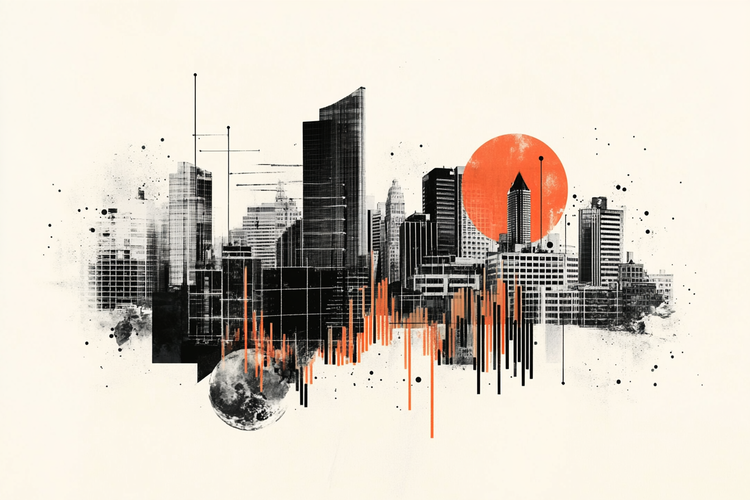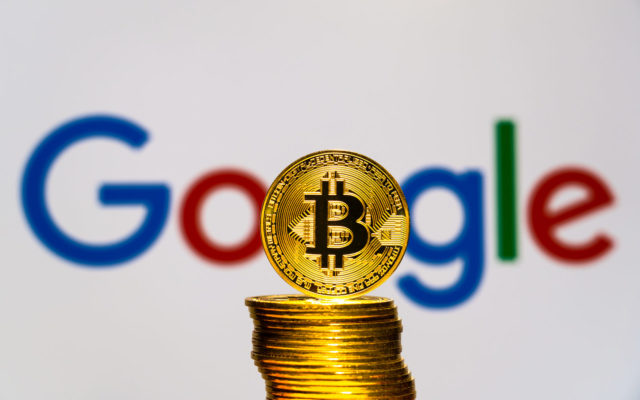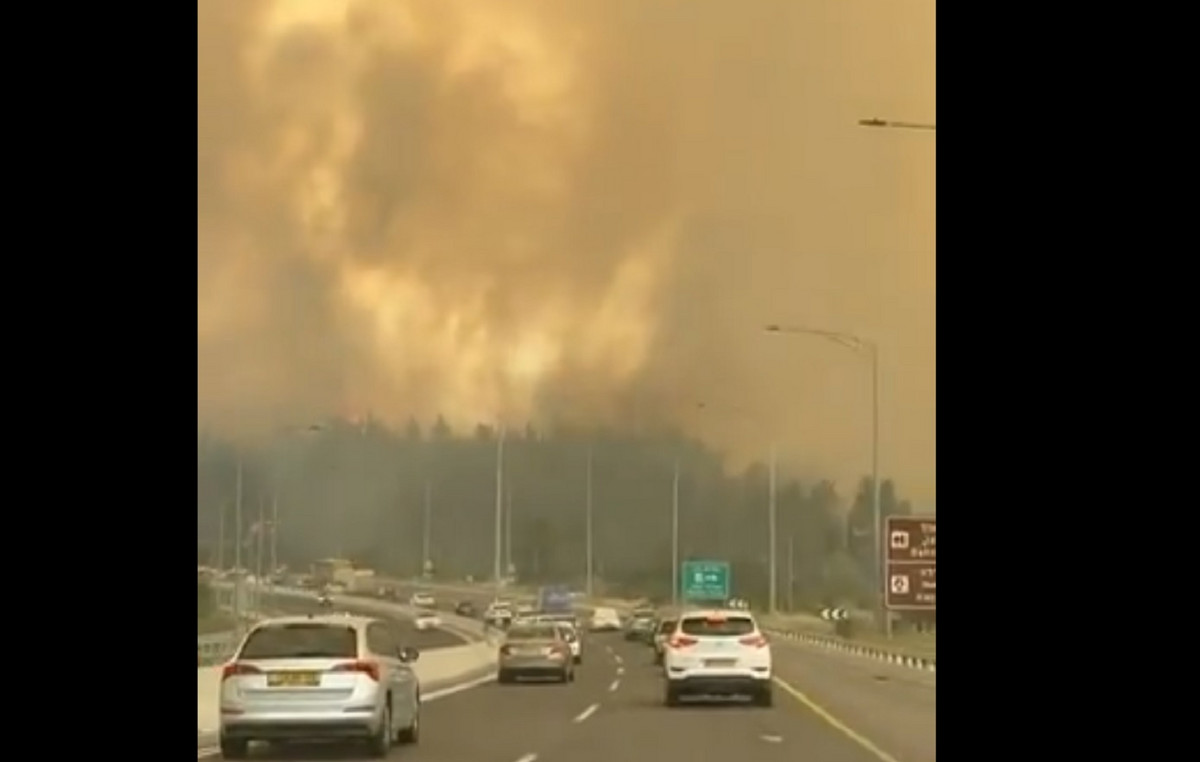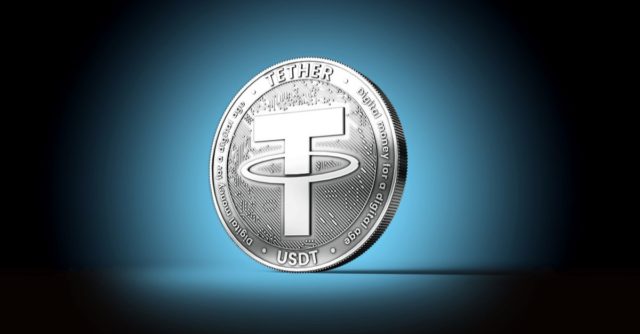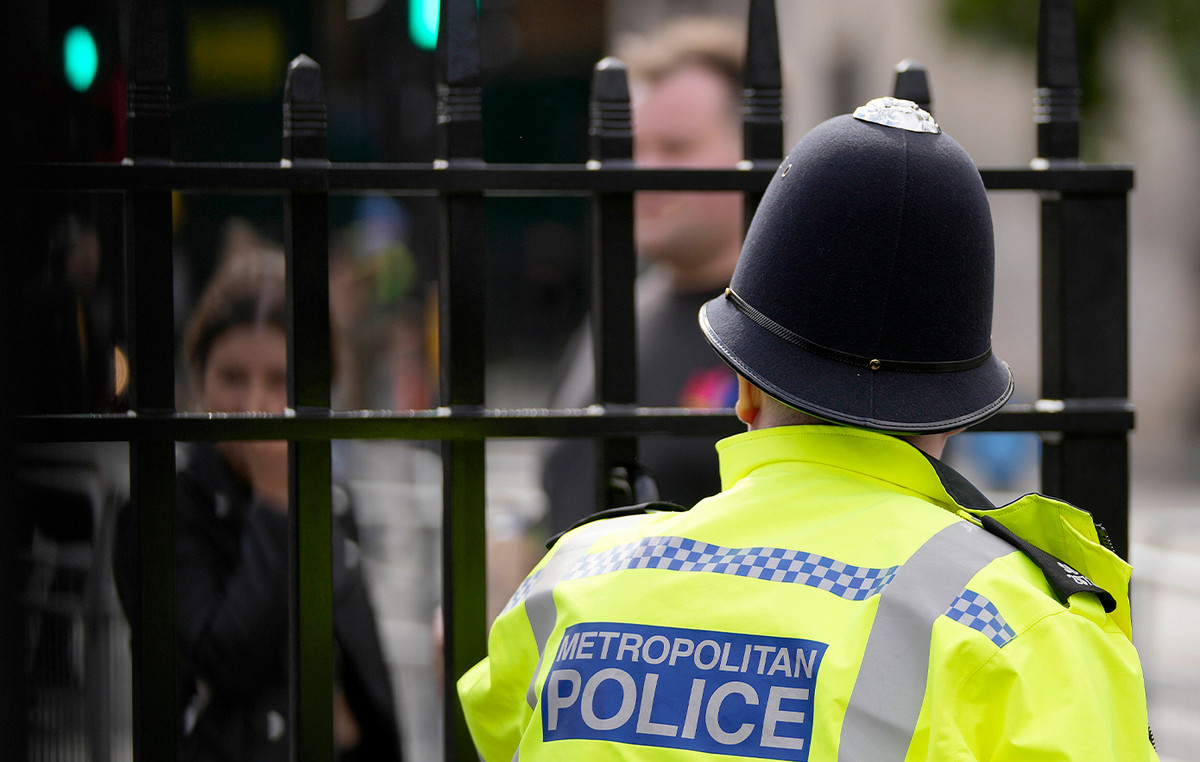The cardinals of the Catholic Church were summoned to meet after Pope Francis’ death on Monday (21). They will prepare to perform the conclave – the process of choosing the next pontiff.
The dean of the College of Cardinals, Reverend Giovanni Battista, sent the Cardinals the letter of call. According to the document, the group’s first meeting will be at 9am (local time) on Tuesday (22).
The meetings are scheduled during the Vacant Headquarters – also known as the “empty throne” – the period when the Apostolic See, the headquarters of the Church of Rome, is administered by the Camerlengo, a cardinal who performs a function similar to that of the Pope’s assistant.
According to the text of the call, the meetings occur in preparation for the conclave. The first meeting will be this Tuesday (22), at 9am local time, at the Vatican Synodal Hall-a space in the São Pedro Basilica, used mainly for the holding of important meetings of the Catholic Church
Current Configuration of the Cardinis College
Since 1379, the Pope has always been elected among the cardinals of the College of Cardinals, the group that votes for the Conclave, also restricted to those under 80.
The Catholic Church currently has 135 cardinals under 80 years old and able to vote. Brazil is the third country with the largest number of cardinals voting (7).
In the list, Italy leads with 17 cardinals, followed by the United States, with 10 religious.
Know who the cardinals are listed to be the next Pope in this matter.
After all, what is the conclave?
The word conclave comes from the Latin “cum clavis” which means closed with key and refers to the practice of confining cardinals to allow them to choose a new pope without external interference.
The selection of a new Pope is an old and highly secret voting process. There is mystery, ritual and tradition surrounding the election, which is especially a political process.
To avoid external lobby and ensure that cardinals are free to choose who they think is the best man for work, the conclaves happen in strict confidentiality, with the “isolated” participants of the world.
They are prohibited from talking to anyone outside the process, which can take several days. Nor can they read media reports or receive messages.
Technically, any “Roman Catholic” man can be elected Pope. The Vatican Specialist at CNN John Allen explains that anyone eligible for ordination to the Catholic priesthood – therefore a single man – could be elected Pope.
Nevertheless, since 1379, the Pope is always elected among the cardinals of the College of Cardinals, the group that votes in the conclave, also restricted to those under 80.
Many of the cardinals are bishops and archbishops appointed by the Pope to assist in religious issues. Some work in the Vatican, but most are spread throughout the world by managing dioceses or archdiocese.
When the time of the conclave comes, every cardinal under 80 travels to Rome to attend the meeting, because the vote is in person.
Functioning of the voting process

After the cardinals arrive at the Vatican, the conclave begins with a special morning mass in St. Peter’s Basilica. They walk to the Sistine Chapel to begin the election process.
Voting is performed at closed doors, and confidentiality is strictly stored. The chapel is verified in search of hidden cameras and microphones, and the cardinals are not allowed to talk about procedures with anyone outside the group. If they do, they can be excommunicated.
Journalist Jonathan Mann explained to CNN International The rituals that happen inside the Sistine Chapel. Voting takes place in paper banknotes distributed to each cardinal, who writes the name of the candidate chosen below the Latin words “Eligo in Summun Pontificem” (“I election as the supreme pontiff”).
By the rule, cardinals cannot vote for themselves and the votes are anonymous.
When they end, each cardinal – in order of seniority – walks to an altar to ceremonially place its doubled banknote in a chalice. The votes are then told and the result is read to the cardinals.
If a cardinal receives two thirds of the votes, he becomes the new Pope.
White smoke indicates result
You cannot enter the Sistine Chapel, but faithful and journalists know the result through the color of the smoke that comes out of the Vatican roof.
Banknotes are burned after voting, once in the morning and once afternoon.
If a pope has not been chosen, the banknotes are burned together with a chemical that leaves the smoke black.
However, if the smoke that comes out of the roof is white, it means that the world’s Catholics will have a new Church head.
The moment is always a lot of party for the thousands of faithful who expect the process in the Vatican.
Traditionally, about 30 to 60 minutes after white smoke, the new pope will appear on the balcony overlooking St. Peter’s Square.
The new pontiff will then speak briefly and will say a prayer. Days after the election, the Pope formally assumes the position.
This content was originally published in Call for Conclave: See how the cardinals around the world are scattered on the CNN Brazil website.
Source: CNN Brasil
Bruce Belcher is a seasoned author with over 5 years of experience in world news. He writes for online news websites and provides in-depth analysis on the world stock market. Bruce is known for his insightful perspectives and commitment to keeping the public informed.

